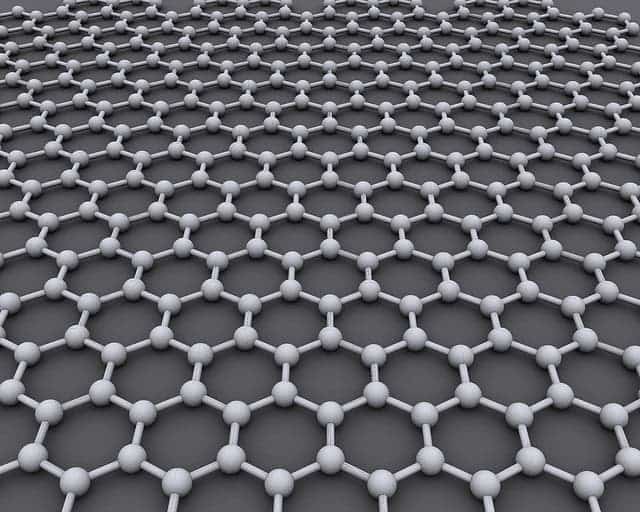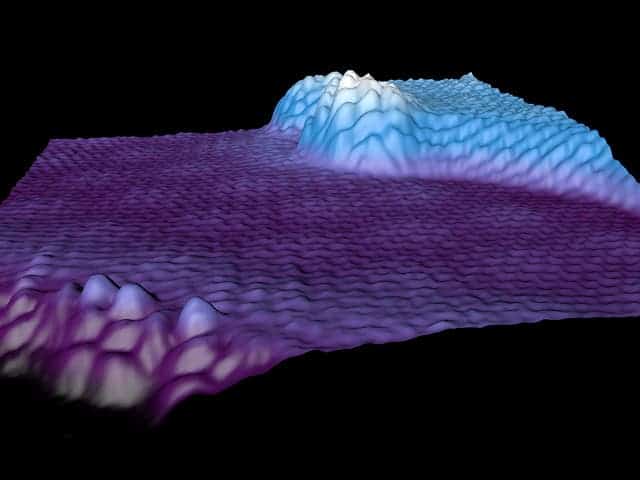The wonder material

Graphene – a one atom thick layer of carbon. photo credit: CORE-Materials
Graphene, the new wonder material that promises to open a new age in technology, just got a whole lot better. Researchers have reported improved interfacing of graphene with other 2-D materials – basically ‘growing’ graphene on silver. This resulted in an exceptionally pristine sample, presenting opportunities for ultrafast electronics and advanced optics/
“Silver is a widely used material to enhance optical properties,” said Northwestern’s Mark Hersam, a co-author of the paper. “More recently, graphene has emerged as a promising platform for optical technologies. With our recent development of a method for growing graphene on silver, we can now exploit the best attributes of both graphene and silver at the same time.”
Graphene, in case you didn’t know, is simply a one atom thick layer of carbon, featuring numerous remarkable properties which can be used in electronics and not only. Despite being incredibly light, in a way it’s the world’s most powerful material; it’s already making a mark with some practical applications (graphene earbuds, graphene radio, explosive detector, etc), and in the not-so-distant future, it will probably revolutionize transistors and even computer chips. But even so, we have just barely scratched the surface of what this material is capable of doing.
Growing graphene on silver

photo credit: Argonne National Laboratory
Typically, graphene is grown on a metal surface by catalytically decomposing hydrocarbons at elevated temperatures – but this method is not really suitable for silver, because silver substrates have a relatively low melting point and are chemically inert.
Using a graphite carbon source, the Northwestern and Argonne researchers were able to grow graphene by depositing atomic carbon, rather than a carbon-based molecular precursor, onto the silver substrate. This growth meant that chemical reactivity was no longer required, and the graphene was developed at lower temperatures.
“Graphene growth and transfer to a variety of substrates has allowed graphene to transform countless scientific fields,” said Brian Kiraly, a Northwestern graduate student in materials science and engineering who worked on the research with Hersam and Nathan Guisinger, a staff scientist at Argonne.
“However, conventional techniques lead to contamination issues and are not compatible with the ultra-clean vacuum environments required for the growth of the latest 2-D materials,” he said. “By growing graphene directly on silver under vacuum, we provide an atomically pristine surface for advanced graphene-based technologies.”
They were also surprised to report another discovery – the graphene they grew was electronically decoupled from the underlying silver substrate, something which was never before reported on any other metal, making this graphene-silver coupling even more promising.
Journal Reference:
Brian Kiraly, Erin V. Iski, Andrew J. Mannix, Brandon L. Fisher, Mark C. Hersam & Nathan P. Guisinger. Solid-source growth and atomic-scale characterization of graphene on Ag(111). Nature Communications 4, Article number: 2804 doi:10.1038/ncomms3804









